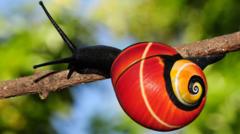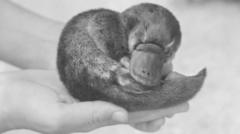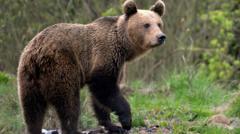**The International Union for Conservation of Nature has recognized the Southern, Reticulated, and Northern giraffes as distinct species, prompting a reassessment of their conservation needs.**
**Scientists Recognize Four Distinct Giraffe Species, Expanding Conservation Efforts**

**Scientists Recognize Four Distinct Giraffe Species, Expanding Conservation Efforts**
**New research reveals three additional giraffe species, changing their conservation status.**
Giraffes, long thought to comprise a single species, are now understood to encompass four distinct species, according to groundbreaking research by scientists at the International Union for Conservation of Nature (IUCN). This new classification not only acknowledges the Southern, Reticulated, and Northern giraffes as unique but also emphasizes the importance of genetic diversity in conservation efforts.
Through a thorough analysis of skull sizes and head shapes of giraffes across Africa, researchers concluded that enough genetic variation existed to categorize these majestic animals into four separate groups. The IUCN’s findings highlight how geographical barriers, such as rivers, deserts, and valleys, have historically isolated these populations, allowing them to evolve independently.
The newly identified Southern giraffe resides in regions like Angola and Namibia, likely separated from other types by the Kunene and Zambezi rivers. The Reticulated giraffe, found in Kenya and Somalia, is distinguished by its striking pattern and migratory behavior, which previously raised questions about its classification due to potential cross-breeding with other giraffes. Meanwhile, the Northern giraffe roams areas of eastern Africa, separated from its relatives by the Nile River and Lake Victoria’s expanse.
Finally, the Masai giraffe, known for its unique leaf-patterned hide, lives in Kenya, Uganda, and Tanzania, where it coexists with the Northern giraffe but remains genetically distinct. Despite the variance in the patterns of their hides, the researchers assert that these differences are not definitive markers of separate species.
IUCN co-author Michael Brown emphasizes the critical nature of understanding giraffe taxonomy for effective conservation strategies. Previously considered vulnerable as a single species, the giraffe's new classification will compel the IUCN to reevaluate each of the four species and enhance protective measures. With this accurate understanding of giraffe diversity, experts aim to develop tailored conservation strategies for each species, securing a future for these iconic giants.






















